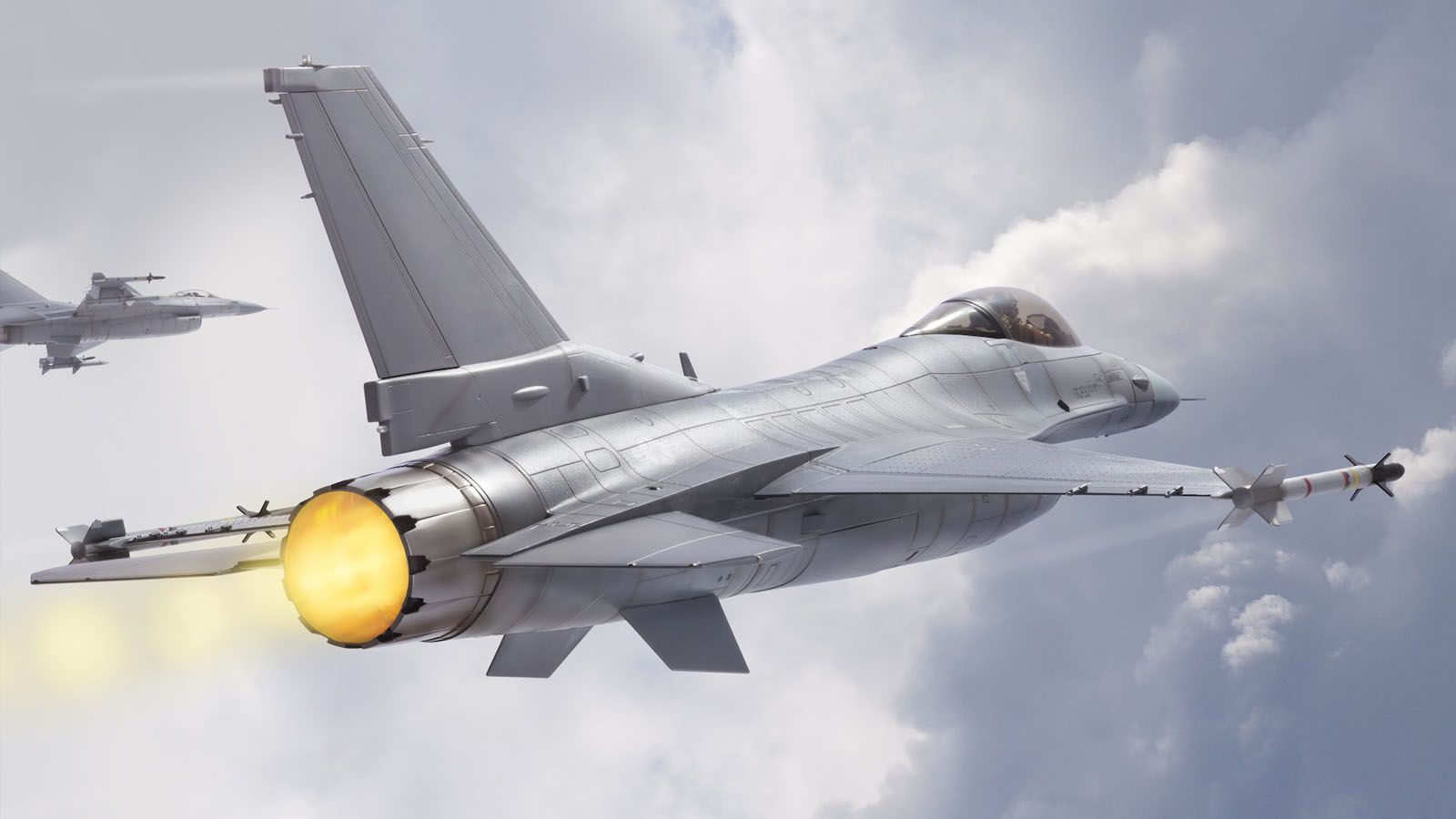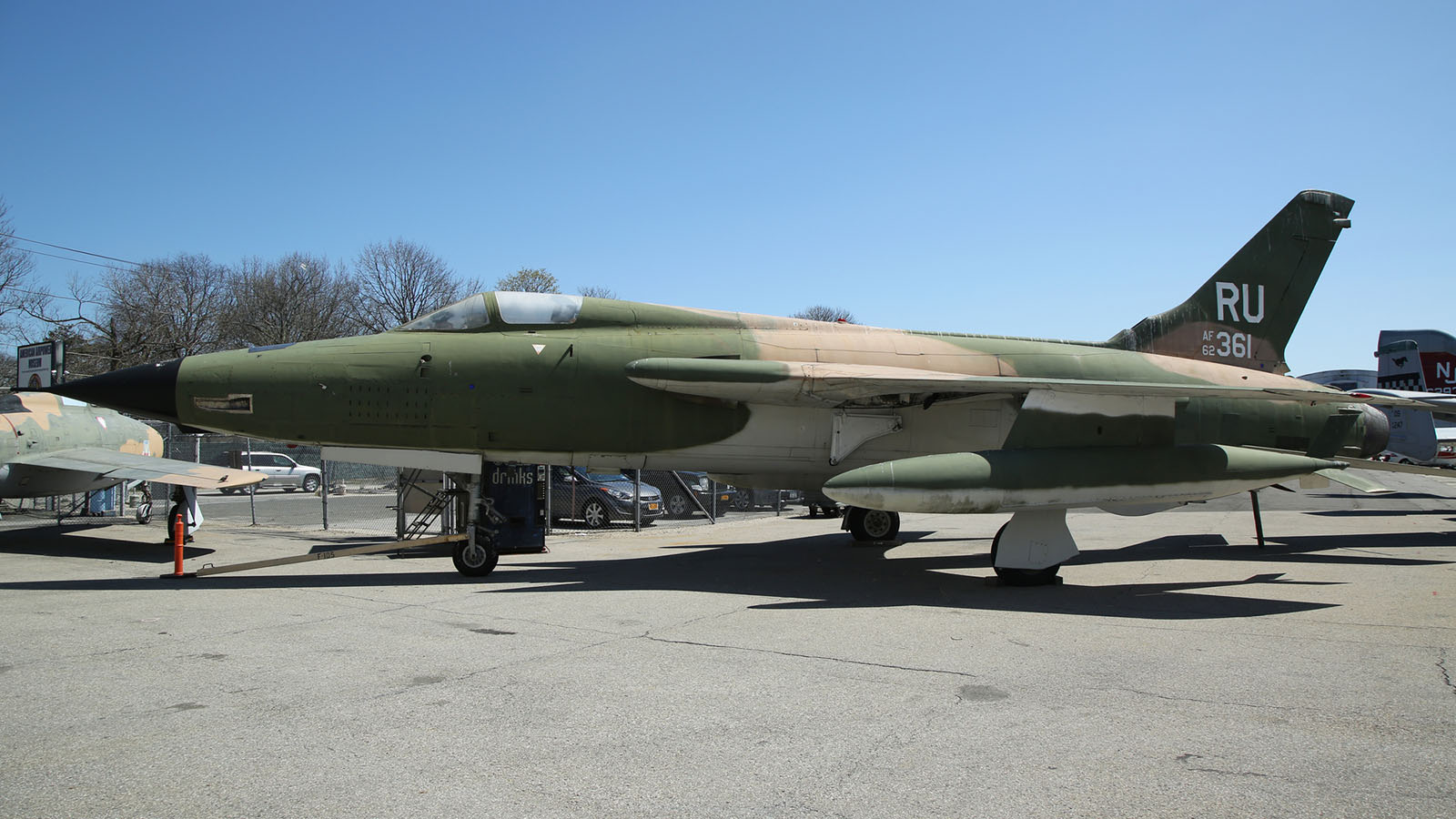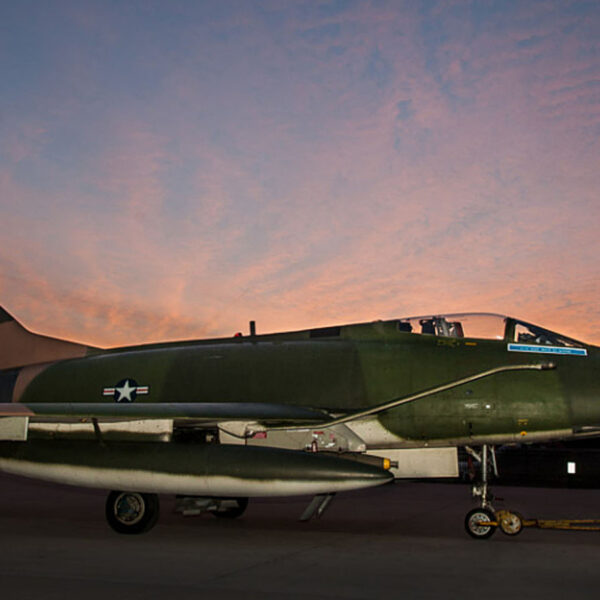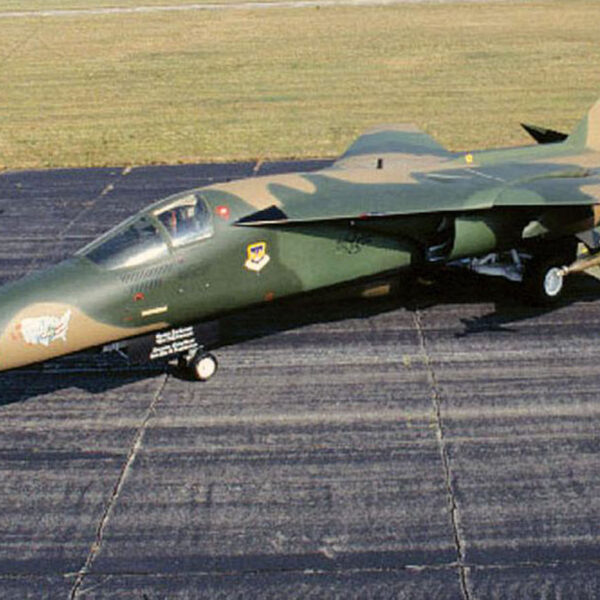P-40 Fighter
The P-40 Fighter, known as the Warhawk, is legendary in aviation history. Developed and designed during World War II, this formidable aircraft played a pivotal role in combat missions, showcasing its exceptional performance and specifications.
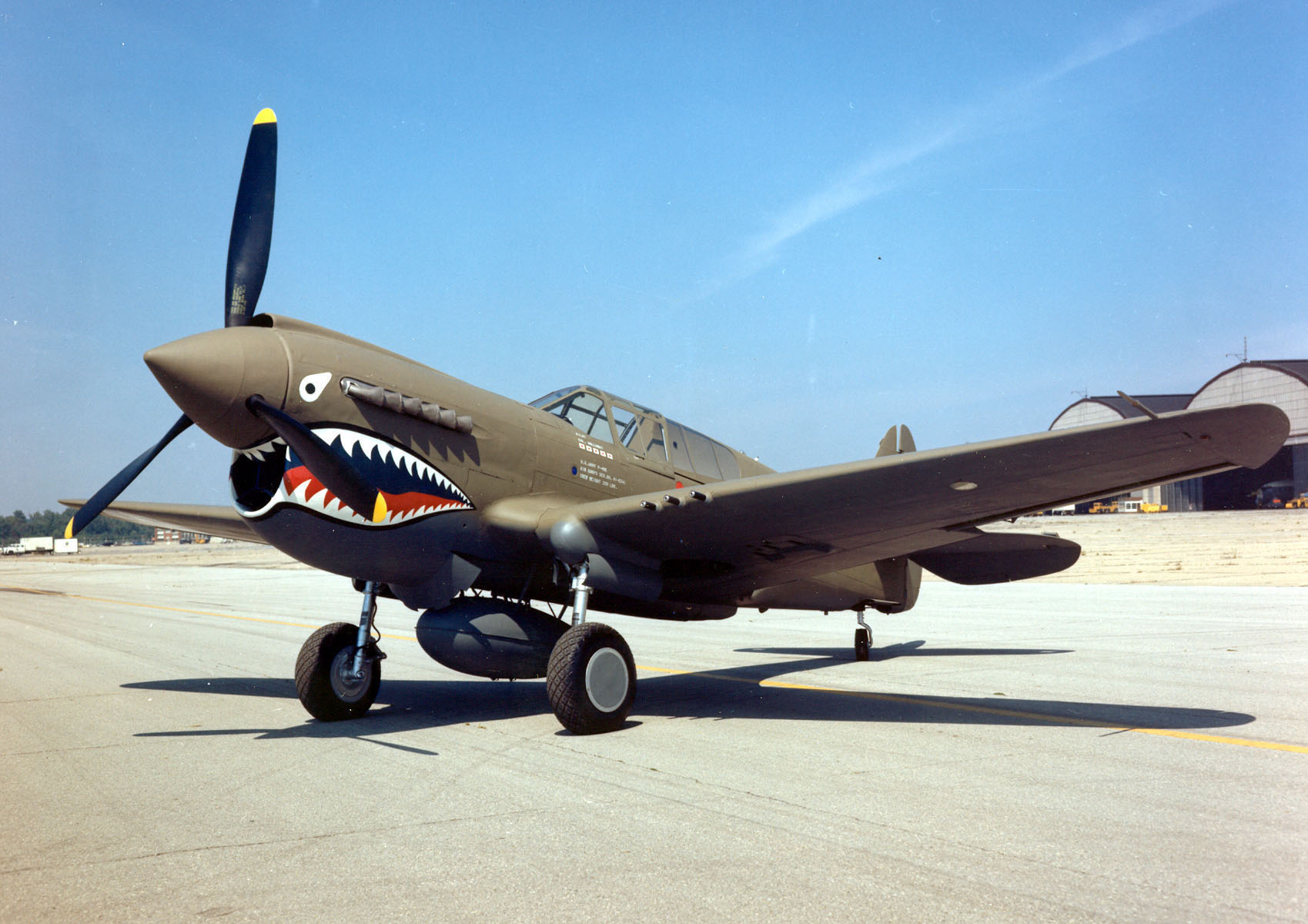
Development and Design
Aviation experts highly praised his team’s development and design of the P-40 Fighter. The P-40 Fighter, also known as the Warhawk was a World War II fighter aircraft that played a significant role in various military operations. Led by the renowned engineer and designer Curtiss, the team worked tirelessly to create a formidable aircraft that would excel in combat.
One of the critical aspects of the P-40 Fighter’s development was its powerful engine. The team focused on creating a machine that provided optimal performance and speed. They incorporated advanced technologies and made significant improvements to ensure the aircraft’s engine was reliable and efficient.
Additionally, the team paid great attention to the design of the P-40 Fighter. They aimed to create an aircraft that was both aerodynamic and visually appealing. The sleek and streamlined design allowed the plane to cut through the air with minimal resistance, ultimately enhancing its speed and maneuverability.
Furthermore, the team implemented innovative features such as the ‘shark mouth’ design on the front of the aircraft. This unique feature not only added a fearsome appearance but also served a practical purpose by intimidating enemy pilots. The plan quickly became iconic and synonymous with the P-40 Fighter.
Curtiss and his team’s development and design of the P-40 Fighter showcased their expertise and dedication. Their efforts produced an aircraft highly regarded for its performance, reliability, and distinctive appearance.
Performance and Specifications
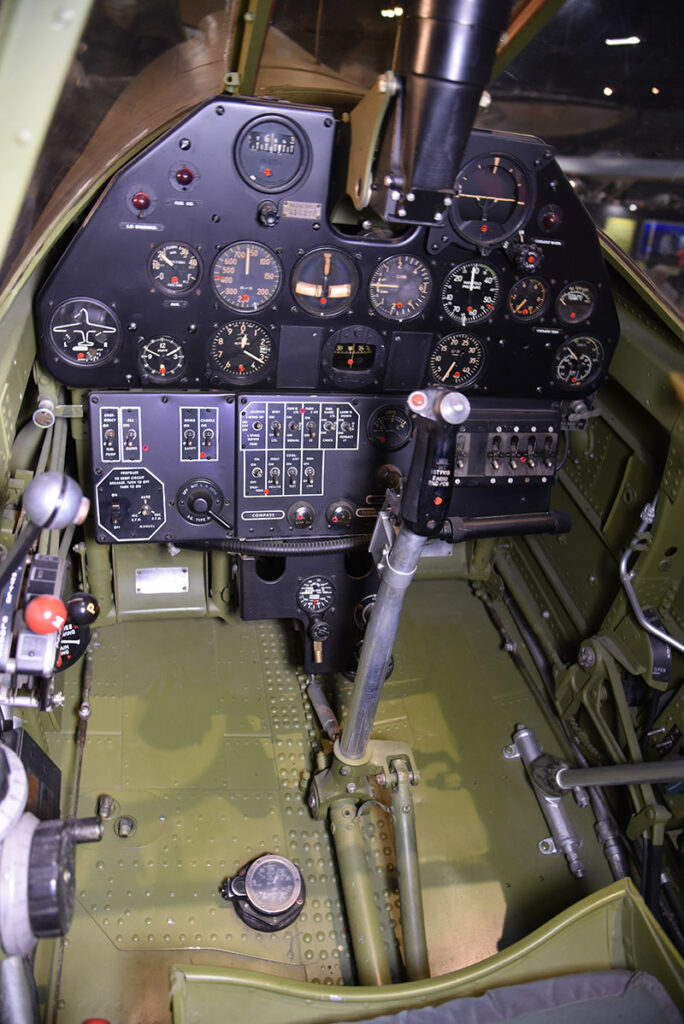
One significant feature of the P-40 Fighter was its ability to perform well at low altitudes. This made it particularly effective in close air support missions and ground attacks. However, its performance at higher altitudes was limited, and it struggled against more advanced enemy fighters. Despite these limitations, the P-40 Fighter played a crucial role in various theaters of war, including the Pacific and North Africa. Its ruggedness, firepower, and versatility made it a favorite among pilots, and Allied forces widely used it throughout the war.
The P-40 Fighter’s specifications resulted from careful consideration and engineering, ensuring it was a valuable asset in combat.
Combat History and Missions
During its service, the P-40 Fighter completed over 20,000 combat missions, showcasing its effectiveness in aerial warfare. The P-40 Fighter was an iconic American fighter aircraft that saw action during World War II. It gained fame for defending Pearl Harbor and its use by the famous Flying Tigers in China. The P-40 was known for its ruggedness, firepower, and agility in combat.
One of the most notable combat missions of the P-40 Fighter was its participation in the Battle of Britain. The aircraft played a crucial role in defending the skies over Britain against the German Luftwaffe. Its speed and maneuverability allowed it to engage enemy aircraft effectively, and its firepower was sufficient to take down enemy bombers.
The P-40 Fighter also saw action in the Pacific theater, providing close air support for ground troops and engaged in dogfights with Japanese aircraft. Its ability to withstand damage and continue flying made it a formidable opponent in aerial combat.
In addition to its combat missions, the P-40 Fighter was used for reconnaissance and ground attack missions. Its versatility made it a valuable asset for the Allied forces.
Overall, the P-40 Fighter proved to be a reliable and effective aircraft during World War II. Its combat history and missions solidified its place in aviation history as an essential fighter aircraft.
Notable Pilots and Aces

Although many notable pilots and aces flew the P-40 Fighter, one of the most legendary was Claire Lee Chennault, who led the Flying Tigers and achieved great success against enemy forces. Chennault was an American military aviator who served as a commander of the American Volunteer Group, also known as the Flying Tigers, during World War II. He was known for his strategic leadership and innovative tactics, which played a crucial role in the defense of China against the Japanese forces.
Chennault’s success with the P-40 Fighter can be attributed to his emphasis on aerial tactics and his ability to adapt to the changing circumstances of war. He recognized the limitations of the P-40’s speed and maneuverability compared to other aircraft, but he also understood its strengths, such as its durability and firepower. Chennault developed a strategy that maximized these advantages, focusing on hit-and-run attacks and using the aircraft’s superior armament to its fullest extent.
Under Chennault’s leadership, the Flying Tigers achieved remarkable success. They were credited with shooting down hundreds of Japanese aircraft while suffering minimal losses themselves. Chennault’s tactics and leadership skills significantly impacted the outcome of the war in the Pacific, and he became a celebrated figure in aviation history.
Legacy and Impact
Chennault’s strategic leadership and innovative tactics in the P-40 Fighter had a lasting legacy and significantly impacted the war’s outcome. As the American Volunteer Group commander, also known as the Flying Tigers, during World War II, Chennault revolutionized aerial warfare with his unique approach to combat. He recognized the limitations of the P-40 Fighter and devised tactics that maximized its strengths while minimizing its weaknesses.
Chennault’s most notable innovation was the ‘finger-four’ formation, which involved four aircraft flying in a V-shaped pattern. This formation allowed the P-40s to maintain better situational awareness and cover each other’s blind spots, giving them a distinct advantage against enemy fighters. Additionally, Chennault emphasized the importance of teamwork and discipline among his pilots, ensuring they operated as a cohesive unit.
The impact of Chennault’s leadership and tactics was evident in the success of the Flying Tigers. Despite being outnumbered and facing superior Japanese aircraft, they achieved an impressive kill ratio of 20:1. Their victories boosted American morale and forced the Japanese to divert valuable resources to defend against the Flying Tigers.
Chennault’s contributions extended beyond the war itself. His innovative tactics and emphasis on teamwork influenced future generations of fighter pilots and shaped the development of aerial warfare. The lessons learned from Chennault’s leadership in the P-40 Fighter continue to be studied and applied in modern military strategy.
Frequently Asked Questions
What Was the Role of the P-40 Fighter in the Pacific Theater During World War II?
During World War II in the Pacific theater, the P-40 Fighter played a significant role. It was used for various missions such as air superiority, ground attack, and escorting bombers.
The P-40 was known for its durability and firepower, making it a formidable aircraft against enemy forces. Pilots relied on its speed and maneuverability to engage in dogfights and protect friendly staff. Its contribution to the war effort was crucial in achieving air superiority and supporting ground operations.
How Did the P-40 Fighter Compare to Other Contemporary Fighter Aircraft in Speed and Maneuverability?
When comparing the P-40 Fighter to other contemporary aircraft in terms of speed and maneuverability, it’s important to note that the P-40 wasn’t considered as fast or agile as some of its counterparts. While it was still a formidable machine, its speed and maneuverability were somewhat lacking in comparison. However, the P-40 made up for these shortcomings with its robust construction and powerful armament, which made it a reliable and effective fighter in combat situations.
What Were Some Major Challenges Faced by P-40 Fighter Pilots During Combat Missions?
During combat missions, P-40 fighter pilots faced several significant challenges. They had to contend with the limited speed and maneuverability of the P-40 compared to other contemporary fighter aircraft. Additionally, the P-40 had relatively weaker armor and firepower, making it vulnerable to enemy attacks.
Did the P-40 Fighter Have Any Significant Design Flaws That Affected Its Performance in Combat?
The P-40 Fighter, a widely used aircraft during World War II, had its share of design flaws that affected its performance in combat. Despite its powerful engine and sturdy construction, the P-40 suffered from limited maneuverability and speed compared to its contemporaries.
.
How Did the P-40 Fighter Contribute to the Development of Future Fighter Aircraft Designs?
The P-40 Fighter, known for its robust design and reliability, was vital in shaping future fighter aircraft designs. Its contribution can be seen in developing advanced features like the tricycle landing gear and a centralized cockpit. These innovations improved maneuverability and pilot visibility and influenced subsequent fighter aircraft designs. The P-40 Fighter’s legacy lives on, as its technological advancements paved the way for more advanced and efficient fighter planes.
Conclusion
In the skies of history, the P-40 fighter soared with an indomitable spirit. Its sleek design and fierce performance made it a formidable force in combat. Pilots bravely took the helm, their hearts pounding as they engaged in daring missions. The legacy of the P-40 lives on, etched into the annals of aviation. Like a soaring eagle, its impact is forever etched in the imaginations of those who witness its majestic flight.


